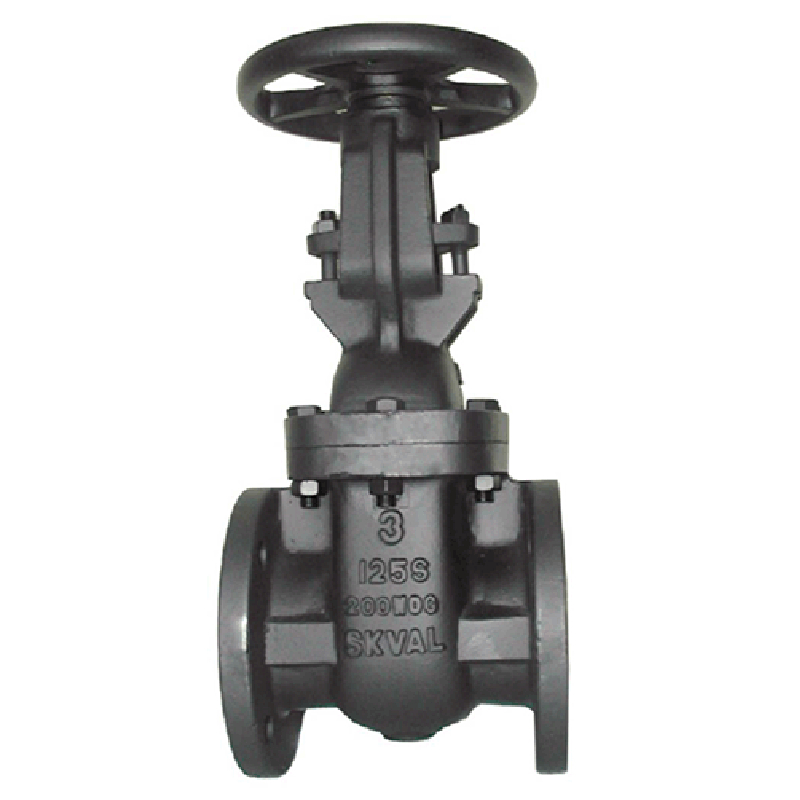Dec . 14, 2024 03:11 Back to list
Understanding the Functionality and Applications of Flap Check Valves in Fluid Systems
Understanding Flap Check Valves An Essential Component in Fluid Systems
Flap check valves, also known as swing check valves, play a critical role in various fluid control systems. Their primary function is to prevent backflow in piping systems, thereby safeguarding pumps, compressors, and other equipment from potential damage caused by reverse fluid movement. This article will delve into the design, functionality, advantages, and applications of flap check valves while emphasizing their importance in modern engineering.
Design and Functionality
The flap check valve is characterized by its simple yet effective design. It consists of a valve body, a pivoting flap or disk, and a seat where the flap rests when the valve is closed. When fluid flows in the intended direction, the flap opens easily, allowing unrestricted flow. However, if the flow reverses, the flap swings back to a closed position, effectively sealing off the system and preventing backflow.
One of the key advantages of flap check valves is their low-pressure drop. Unlike other types of check valves, the swing action of the flap enables minimal resistance to the fluid flow, making them suitable for high-flow applications. Furthermore, these valves typically operate automatically, requiring no external power source, which simplifies their integration into various systems.
Advantages of Flap Check Valves
1. Preventing Backflow The primary function of flap check valves is to prevent backflow, which can cause significant issues in piping systems. Backflow can lead to contamination of the fluid, loss of pressure, and potential damage to pumps and other components. By utilizing flap check valves, engineers can ensure a one-way flow of liquid, maintaining system integrity.
2. Easy Installation and Maintenance Flap check valves are relatively simple to install compared to other valve types. Their straightforward design means that they require less maintenance, making them a cost-effective choice for many applications. Regular inspections can ensure optimal performance, but the overall maintenance needs are generally low.
flap check valve

3. Versatility Flap check valves find applications across various industries, including water treatment plants, HVAC systems, petroleum refineries, and power generation facilities. Their versatility makes them suitable for both commercial and industrial applications, capable of handling different types of fluids, including water, oil, and gases.
4. Durability and Longevity Made from materials like stainless steel, bronze, or PVC, flap check valves are designed to withstand high pressures and temperatures. Their robust construction ensures a long service life, even in challenging operating conditions. This durability contributes to the reliability of the systems in which they are used.
Applications
Flap check valves are widely employed in numerous applications. In water supply systems, they prevent backflow that could lead to contamination of drinking water. In wastewater treatment plants, they ensure that effluent does not flow back into the treatment processes. In industrial settings, these valves can be found in cooling systems, fire protection systems, and chemical processing plants—anywhere that requires strict control of fluid movement.
For example, in HVAC systems, flap check valves are used to manage air flow and prevent backdrafts, enhancing energy efficiency and indoor air quality. In the oil and gas industry, these valves protect against backflow in pipelines, ensuring that crude oil and natural gas flow safely and continuously.
Conclusion
Flap check valves are an indispensable element in fluid control systems, offering effective backflow prevention, ease of installation, and low maintenance needs. Their robust design and versatile applications across various industries highlight their significance in maintaining the safety and efficiency of fluid systems. As technology advances, the demand for reliable components like flap check valves will continue to grow, ensuring their relevance in modern engineering practices. Whether in residential plumbing, commercial HVAC systems, or large-scale industrial processes, flap check valves remain a vital component in the fluid management toolkit.
Share
-
Reliable Wafer Type Butterfly Valves for Every IndustryNewsJul.25,2025
-
Reliable Flow Control Begins with the Right Ball Check ValveNewsJul.25,2025
-
Precision Flow Control Starts with Quality ValvesNewsJul.25,2025
-
Industrial Flow Control ReliabilityNewsJul.25,2025
-
Engineered for Efficiency Gate Valves That Power Industrial PerformanceNewsJul.25,2025
-
Empowering Infrastructure Through Quality ManufacturingNewsJul.25,2025